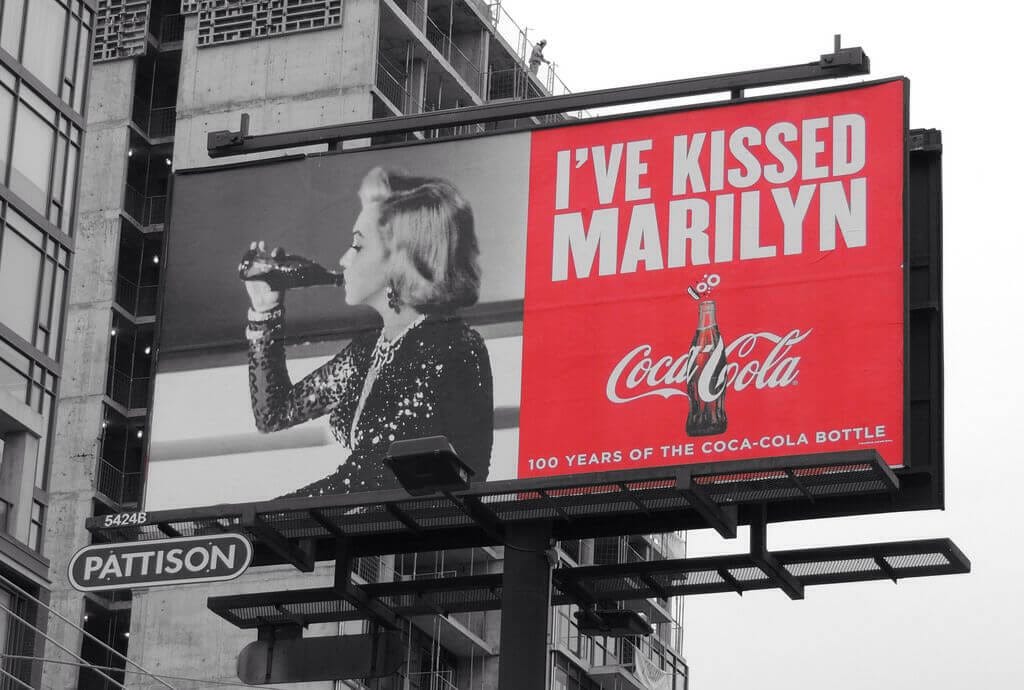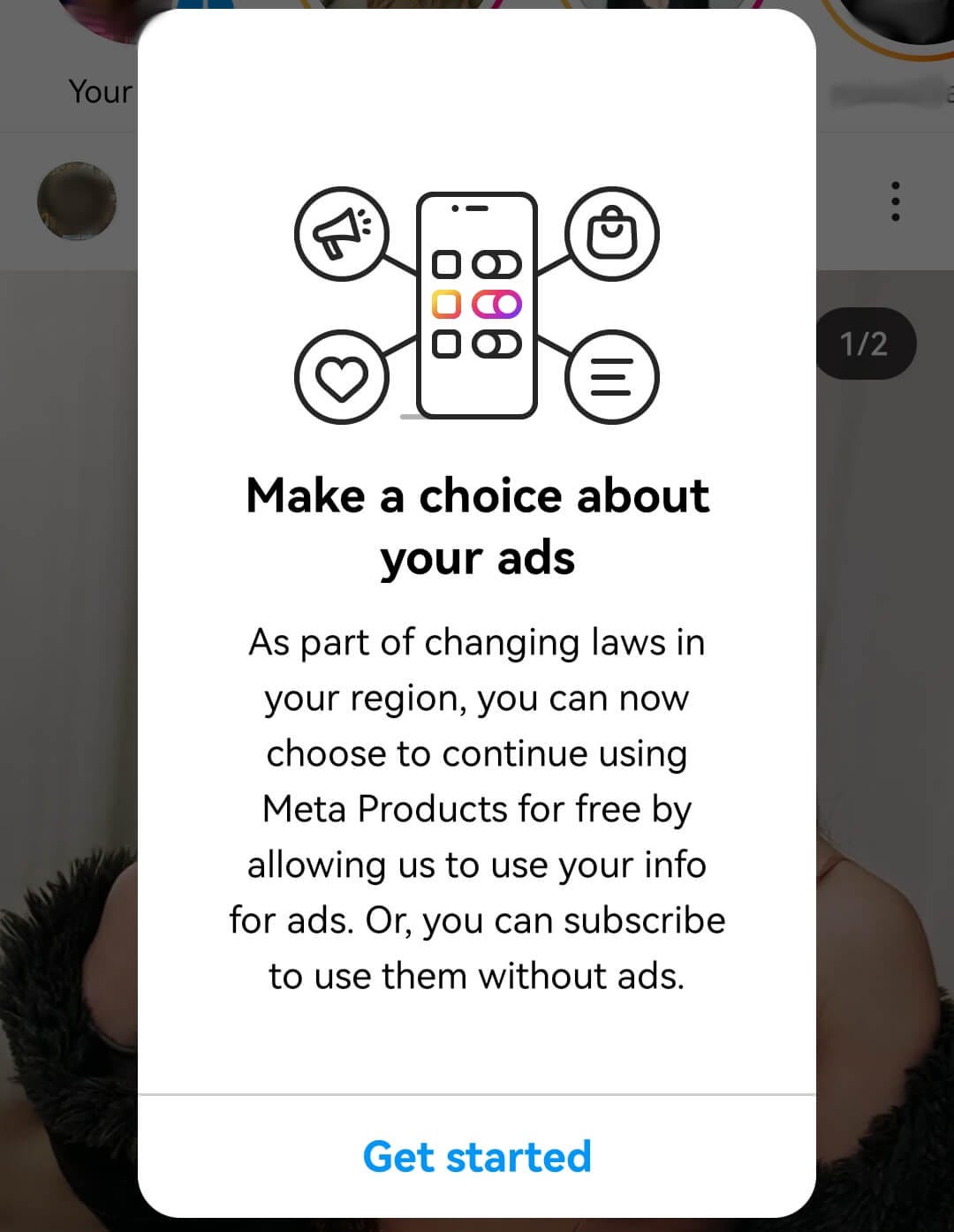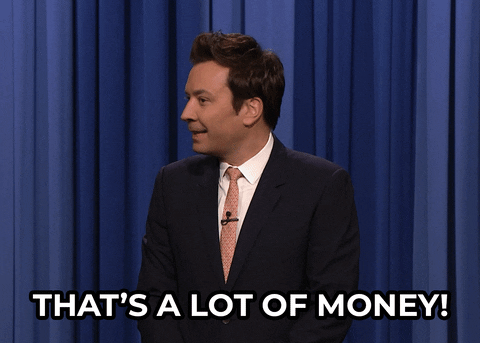What’s the Price of Free?
Why going ad-free isn’t as simple (or fair) as it sounds.
Previously on Giuseppe’s Glimpse: In the last episode, we explored how consumption shapes identity, and what that means for people and brands. Missed it? Catch up here! ✨
Buongiorno everyone 👋
Last week I mentioned to a friend that I was thinking about a weekend in the mountains. A few hours later, I opened Instagram — and there they were: sponsored posts for chalets, hiking gear, off-grid cabins. 🏔️
It felt like my phone had read my mind.
We’ve all had this experience by now. It’s uncanny, sometimes unsettling. But more than anything, it says a lot about how advertising works today — and where it’s headed. ➡️
From the beginning, advertising has followed a simple logic: build an audience, then monetize it. Newspapers. Radio. TV. Websites. Podcasts. Billboards. Social feeds. The format changes, but the model stays the same: gather attention, then sell access to it.
For a while, this was straightforward. Fewer creators, fewer platforms, fewer distractions.
But now that model is changing. 🤯
We’re living in what people call the attention economy — and attention is scarce.
We all publish. We all scroll. Our feeds are full. And advertisers are competing for whatever slivers of focus we have left.
To win, they rely on targeting. And for that they need data. Lots of it. 📊
It’s the trade-off behind most “free” platforms. You don’t pay with money, you pay with your time and your data.
Ad-free isn’t free
In the past few years, we’ve seen a quiet shift: more and more platforms are offering to remove ads — for a fee. 💸
Meta now lets European users pay €7.99/month to use Facebook and Instagram without ads. YouTube Premium costs between €12.99 and €13.99/month and already has over 125 million subscribers. TikTok, X, and Snapchat are testing similar options.
Mobile games now push in-app purchases instead of banner ads. Even Apple and Netflix are building ad-free game subscriptions. 💳
It’s easy to see the appeal. No tracking. No interruptions. No brands following you around the internet.
But it’s worth asking: is this shift actually fair?
Because while it may feel empowering to pay for a cleaner feed, what we’re really doing is dividing the internet into two different experiences. ⚖️
One for people who can afford to avoid ads.
One for people who can’t.
The price of privacy
This wasn’t how the internet was supposed to work. 🌐
In theory, digital space should be open and equal. But when ad-free access becomes a luxury, that promise fades.
We don’t all get the same experience anymore. Some people see fewer distractions, fewer nudges, less surveillance. Others get the opposite.
It’s a quiet divide. But it’s growing. 📈
Meanwhile, platforms aren’t losing money. They’re just shifting where it comes from.
Meta, for instance, makes approximately $68 per month from each user in the U.S. and Canada, and about $23 per month in Europe.
Now they’re saying: if you want out, match that value. That’s the price. 💰
And here’s the uncomfortable truth: those targeted ads — the ones we love to complain about — fund much of the internet we use for free.
So yes, it’s tempting to block them out. But if we do, we’ll need another model. And that model might not be accessible to everyone.
Why ads alone won’t save your brand
Advertising still works. It funds content, lowers costs, and keeps platforms accessible. But it’s under pressure.
More people are choosing to opt out, either by paying for ad-free subscriptions or simply tuning out. 💤
And when attention gets harder to buy, brands can’t just spend their way in. They need to earn their spot.
That means shifting focus.
Less on reach, more on relevance.
Less on campaigns, more on connection. ✨
Less on attention, more on intention.
Because ads don’t land in a vacuum. They land in a context shaped by trust, utility, and shared values. If that context is weak, even the smartest targeting won’t help.
And now that everyone can generate and automate content with GenAI, that context matters even more. The ability to trade attention for results will depend less on volume and more on substance — on whether your offer actually deserves the space it takes.
So what does that mean for brand builders?
It means designing things people actually want — even if they never see an ad. It means building the kind of presence people would seek out, not just tolerate. 🧐
It means asking harder questions:
👉 Is this worth someone’s time?
👉 Does this make their day better, or just noisier?
Advertising isn’t dead. But it is being redefined — by people, platforms, and priorities.
The brands that will matter tomorrow are those that stop chasing volume and start delivering value.
Stay curious! 🙌
-gs
Oh, wow! You made it to the end. Click here to 👉 SHARE this issue with a friend if you found it valuable.






